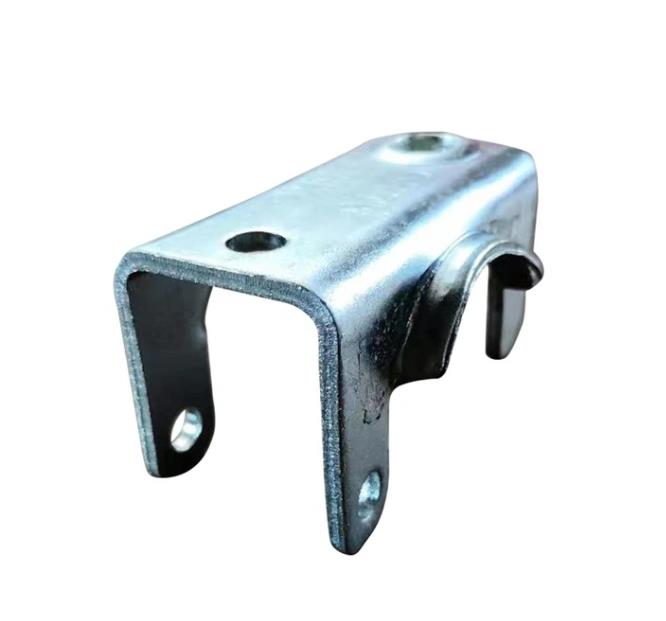Zinc plating is a common electroplating process used to coat steel or iron
with a layer of zinc to enhance corrosion resistance and provide a decorative finish.
Types of Zinc Plating
There are two primary types of zinc plating: electroplated and mechanically plated. Electroplated zinc plating is the most common type and is used for most industrial and commercial applications. In this process, zinc is deposited on a metal substrate using an electrolytic solution. Mechanically plated zinc plating is a mechanical process where the zinc coating is applied to the metal substrate using various mechanical methods, such as tumbling, blasting, or rolling.
Material Properties
Zinc is an excellent plating material because of its unique material properties. This metal has a low melting temperature, which means that it can be easily plated onto a variety of substrates. Zinc also has excellent corrosion resistance properties, which makes it an ideal material for use in harsh environments. Additionally, zinc has good electrical and thermal conductivity, making it a popular choice for electrical and electronic components.
Processing Methods
There are various methods of processing zinc plating, including barrel plating, rack plating, and continuous strip plating. Barrel plating involves placing small metal parts in a barrel filled with a zinc plating solution and tumbling them to achieve an even coating. Rack plating is used for larger and more complex-shaped parts. In this method, the parts are suspended on a rack and dipped into a zinc plating solution. Continuous strip plating is used for plating flat metal sheets or strips. In this process, the metal is fed through a plating solution, which applies a thin, even coat of zinc.
Industry and Parts Applications
Zinc plating is used in a wide range of industries, including automotive, aerospace, electronics, and construction. This surface treatment is used to protect metal parts from corrosion and wear, and to improve their appearance. Zinc plating is also used to provide electrical conductivity, heat resistance, and lubrication. Some of the common parts that are zinc-plated include nuts, bolts, washers, screws, and brackets.
Conclusion:
Zinc plating is an essential surface treatment that provides superior corrosion resistance and wear protection for metal parts. This effective and versatile plating process can be applied using various methods depending on the size and complexity of the parts being plated, and the desired outcome. Whether you are in the automotive, aerospace, electronics, or construction industry, zinc plating is a cost-effective way to improve the durability and longevity of your metal parts.
